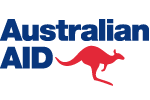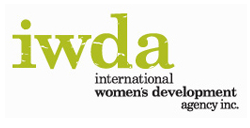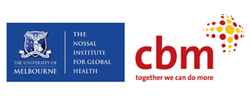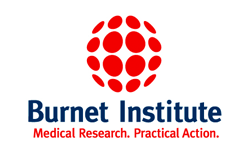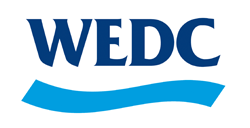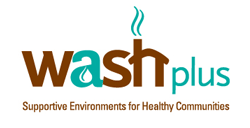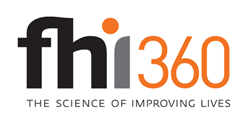Resource Library for Inclusive WASH Introduction
WaterAid equality and non-discrimination
This weblink provides information, resources and links that can be used to inform and support the use of an equality and non-discrimination approach in the WASH sector, and toward achieving universal access to safe water, sanitation and hygiene.
United Nations Handbook – Realizing the human rights to water and sanitation
Access to safe water and sanitation was formally recognised as a basic human right in 2010. This handbook is intended to provide advice to states, service providers, regulators and others, to clarify what this human right implies for their work and activities, and to support the implementation of these rights into practice.
A collection of webinars by the World Bank on water supply and sanitation. Scroll down to find webinars by the UN Special Rapporteur to the Human Right to Water and Sanitation on The Right to Water and Sanitation and by Andrew Trevitt and Rolf Luyendijk (UNICEF) on WASH and Equity
Curtis, V. & Cairncross, S. (2003). The Lancet. The study set out to determine the impact of washing hands with soap on the risk of diarrhoeal diseases in the community with a systematic review with random effects metaanalysis.
WaterAid UK (n.d.). This training guide aims to raise awareness and build a common understanding of equity and inclusive in WASH, while providing individuals with opportunity to think about how it applies to their area of work and how they can take it forward.
Bertram, J. & Cairncross, S. (2010). PLoS Medicine. This is the introductory article in a four-part PLoS Medicine series on water and sanitation. Globally, around 2.4 million deaths (4.2% of all deaths) could be prevented annually if everyone practised appropriate hygiene and had good, reliable sanitation and drinking water.
Fawn, A & Jones, H. (2011). 35th WEDC International Conference, Loughborough, UK. Briefing Paper. This case study looks at CLTS program participation and impact for those most vulnerable in three communities in Rajshahi district of Western Bangladesh.
WaterAid & WEDC (n.d.). To be inclusive, WASH programs should respond to the local context. The checklist included in this resource outlines what to look for to ensure programs are inclusive.
Between October and November 2015 the Rural Water Supply Network’s Equality, Non-discrimination and Inclusion theme enjoyed lively e-discussions and two webinars on Reducing Inequalities in WASH. This covered 1) practical approaches to improve participation of everyone, 2) inclusive infrastructure designs and 3) information, guidance and support that exist on these. This report synthesises these online discussions, draws on relevant content from the webinars and highlights experiences and lesson
Albuquerque, C. (2012). Special Rapporteur on the Human Rights to Water and Sanitation. This speech delivered at a public consultation on 1 Feb 2012 provides an overview of stigmatisation, and how it effects various groups who are vulnerable to experiences of stigmatization. This speech is followed by a report on the links between stigma and the human rights framework by Caterina de Albuquerque in September 2012.
Kar, K. & Pasteur, K. (2005). Institute of Development Studies England. Community Led Total Sanitation, or CLTS, is an approach which facilitates a process of empowering local communities to stop open defecation and to build and use latrines without the support of any external hardware subsidy.
Cairncross, S. & Valdmanis, V. (2006). In Jamison, DT., Measham, AR., et al. (Eds.), Disease Control Priorities in Developing Countries (2nd ed., ch. 41). Washington (DC): World Bank. Water supply in the context of this chapter includes the supply of water for domestic purposes, excluding provision for irrigation or livestock. Sanitation is used here in the narrow sense of excreta disposal, excluding other environmental health interventions such as solid waste management and surface water draina
UNICEF New York (2011). A guidebook for teachers. Ensuring access to WASH in schools for all children is essential to their lifelong health and wellbeing. In the case of disaster, education is often disrupted and schools become shelters for large numbers of displaced people, putting additional pressure on physically damaged buildings and facilities. Ensuring schools can reopen with adequate WASH facilities is an essential part of recovery.
Upcoming Events and News
-
Wednesday, September 19, 2018
Erick Baetings, senior sanitation specialist at IRC, discusses the eye-opening experience watching a group of Cambodian actors use their talent to portray the difficulties people with disability face when accessing…
